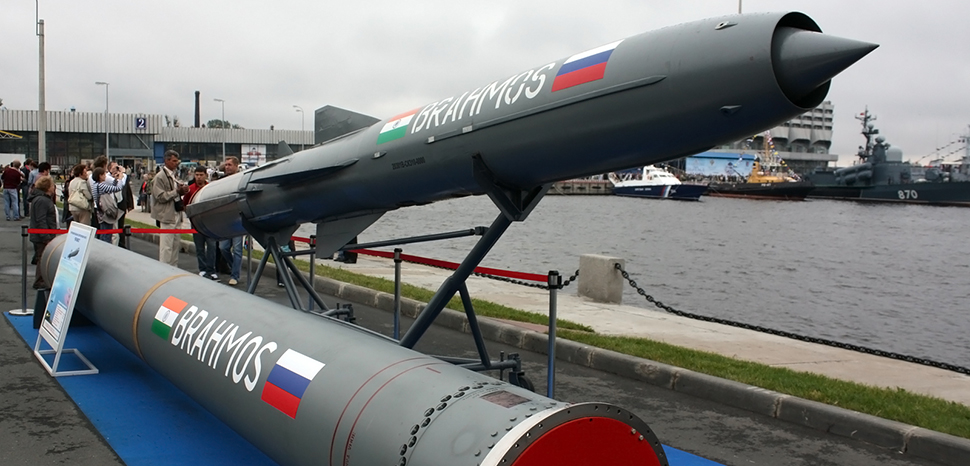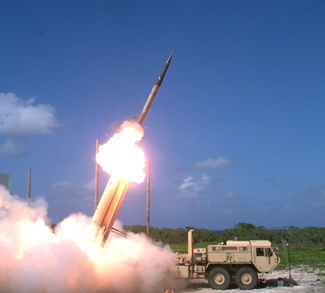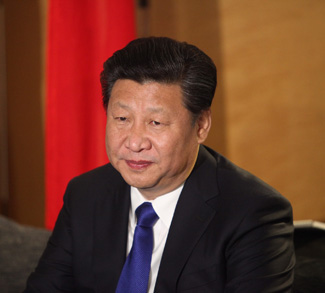Early in 2024, Manila will take ownership of the Indian Brahmaputra and Russian Moskova or Brahmos missile system, worth $374.96 million. New Delhi’s assurance of timely delivery for the three batteries of the India-Russia made supersonic cruise weaponries and shore-based anti-ship missiles will fortify the Southeast Asian nation’s contested West Philippine Sea, known as one of the world’s longest coastlines.
In 2022, the Armed Forces of the Philippines (AFP) confirmed the acquisition of the BrahMos ballistic missiles, officially becoming the first foreign nation to acquire the potent supersonic anti-ship missile, strengthening its naval abilities to safeguard its sovereign claims in the South China Sea. Once delivered in Manila, the Philippines will join the ranks of Indonesia and Vietnam, states that possess sophisticated military hardware in the dynamic region of maritime Southeast Asia.
The archipelagic Philippines faces numerous security challenges in safeguarding its territorial integrity and maritime interests. In recent years, Manila has actively sought to bolster its external defense capabilities, considering the acquisition of BrahMos supersonic cruise missiles, a move that signifies a significant leap in its military capability and deterrence capacity toward Chinese aggression and frequent coast guard collisions at sea.
The BrahMos missile system is renowned for its speed, precision, and versatility. Its acquisition by the Philippines holds the promise of enhancing the country’s deterrence against potential threats, particularly in the contested South China Sea, where overlapping territorial claims have sparked strains among several nations.
However, while the efficacy of BrahMos missiles in bolstering defense is undisputed, the financial implications of acquiring and maintaining such a state-of-the-art defense system must be thoroughly examined. The cost associated with procuring and integrating these missiles into the Philippines’ defense infrastructure presents a considerable challenge.
Firstly, the procurement cost of BrahMos missiles is both new and substantial in the context of the country’s military modernization efforts. The intricacy and technology embedded within these missiles commands a high price tag. The Philippines, a developing nation with budgetary constraints, must allocate a significant portion of its defense budget to fund the purchase of these advanced weapons. Moreover, the ongoing maintenance, training, and infrastructure development required to support the BrahMos system add to the long-term financial commitment.
Secondly, the geopolitical implications of such a purchase warrant careful consideration. The acquisition of BrahMos missiles could potentially alter regional power dynamics, prompting reactions from neighboring countries and affecting diplomatic relations. By maneuvering through these diplomatic complexities while addressing national security concerns, a critical balancing act emerges for Manila with Beijing to lessen the tension in the South China Sea.
Lastly, as an emergent regional middle power, the impact of BrahMos missiles is potent enough to enhance Manila’s external defense capabilities. However, in fulfilling the second leg of the revitalized AFP modernization program, these expensive assets may or may not fit into the greater joint warfighting concept of the armed forces.
Nevertheless, despite the financial burden and diplomatic intricacies, investing in the BrahMos missile system is a credible risk in itself, though one that could offer tangible benefits for the Philippines’ defense strategy. The missiles’ unparalleled speed and accuracy could serve as a credible deterrent, frightening potential aggressors and bolstering the country’s thirst for defensive capabilities.
Moreover, the acquisition of BrahMos missiles as public investment might serve as a force multiplier, strengthening alliances with countries that possess or operate similar defense systems in the region. Collaborative training programs and interoperability with other nations could enhance the Philippines’ overall defense posture, contributing to regional stability.
Decision-makers must weigh the financial investment against the enhanced security and strategic advantages these missiles offer. Alternative defense strategies, including pooling resources to modify the Landpower Maneuver Concept to better address and consolidate resources for submarine and surface vessel acquisitions under the Archipelagic Naval Strategy, along with enhanced integrated air defense systems, should also be explored to complement the acquisition of the BrahMos system for territorial defense procurement. Hence the Philippines calls to re-think its national defense strategy to achieve effective national security strategy.
Ultimately, while the cost of BrahMos missiles poses a fiscal challenge, their potential in augmenting the Philippines’ defense capabilities cannot be overlooked. Striking a balance between strengthening national security and prudent financial management remains paramount as Manila navigates its external defense strategy in a region fraught with geopolitical complexities. As such, a holistic approach considering both the costs and benefits is essential in determining the optimal path forward for Manila’s defense modernization efforts.




